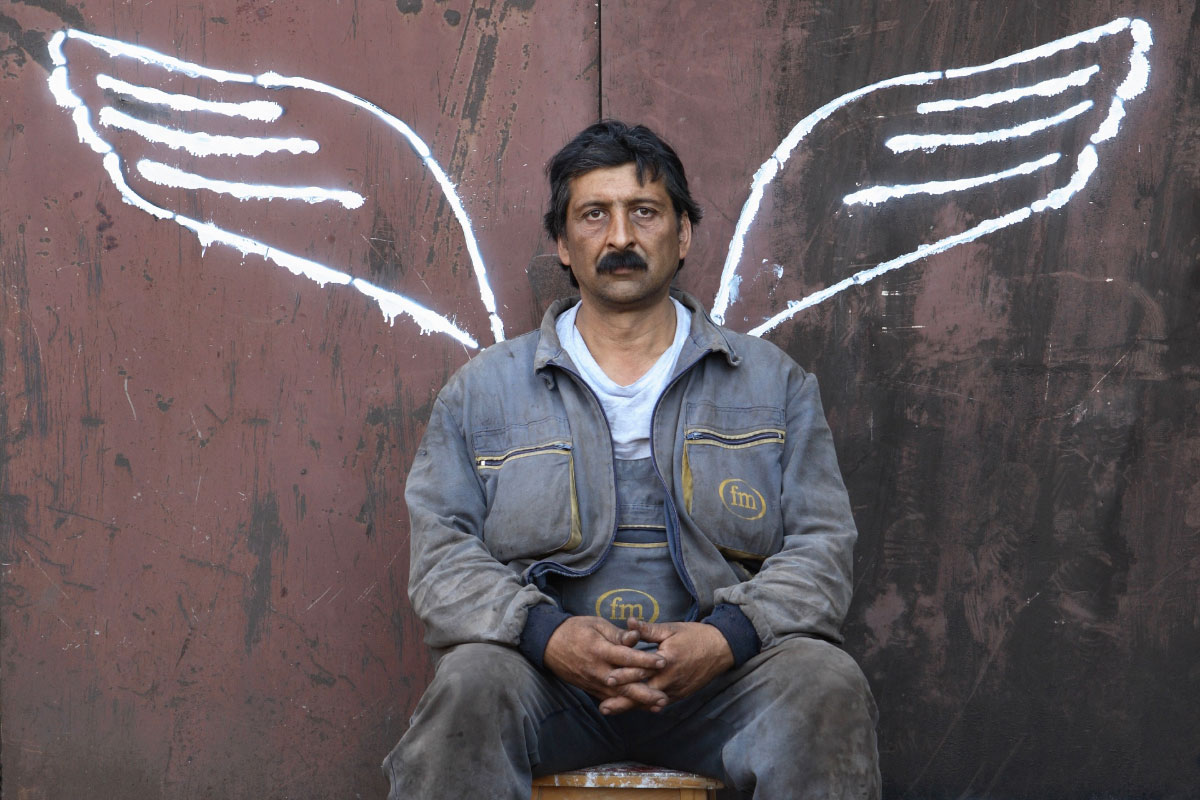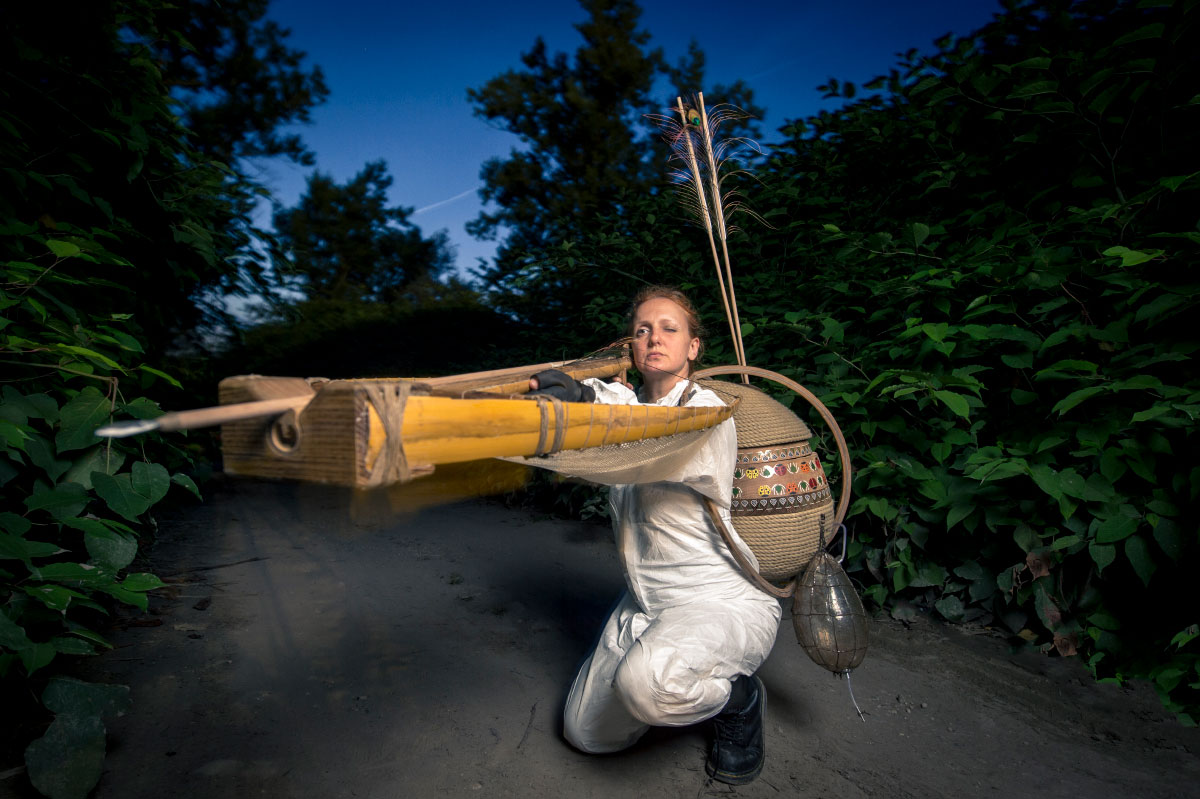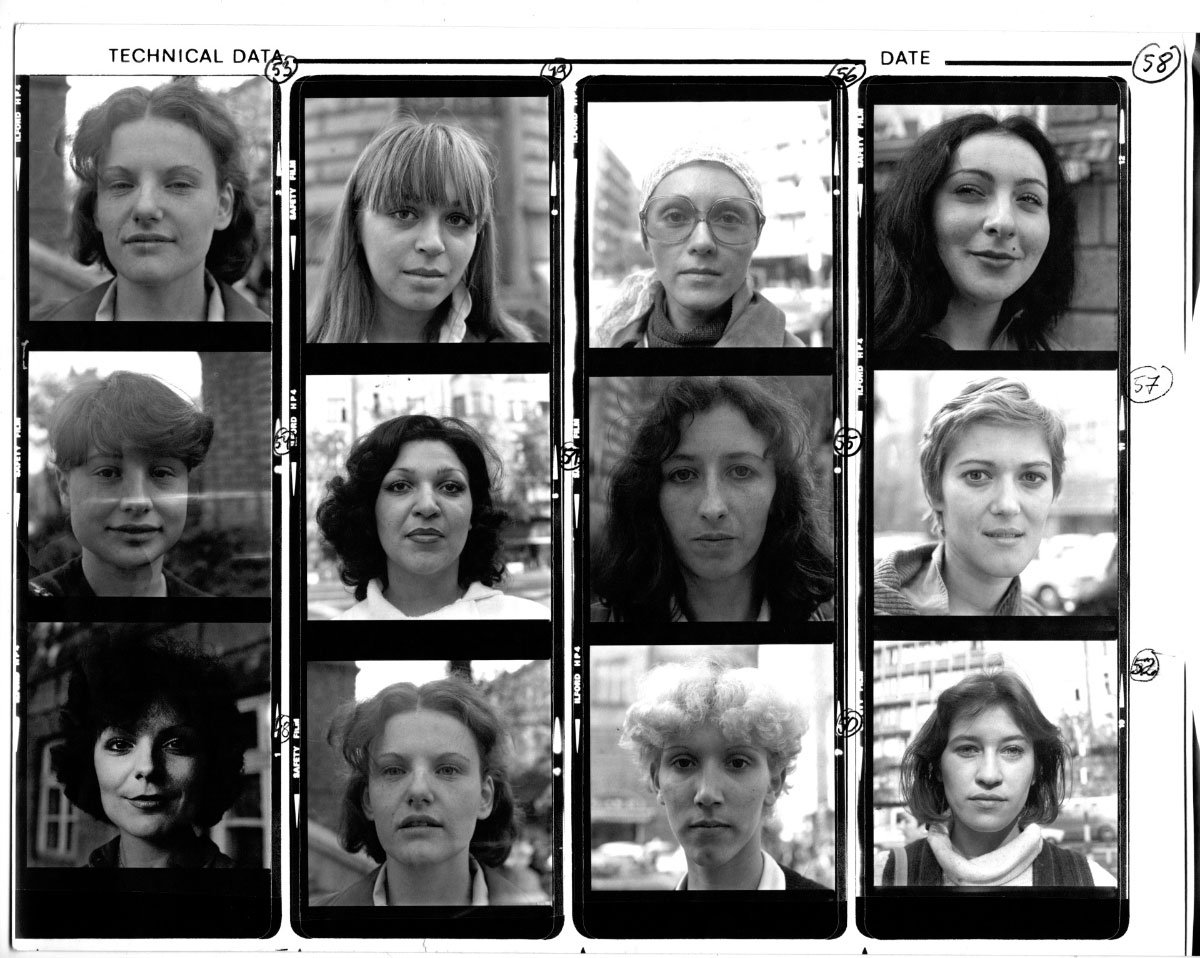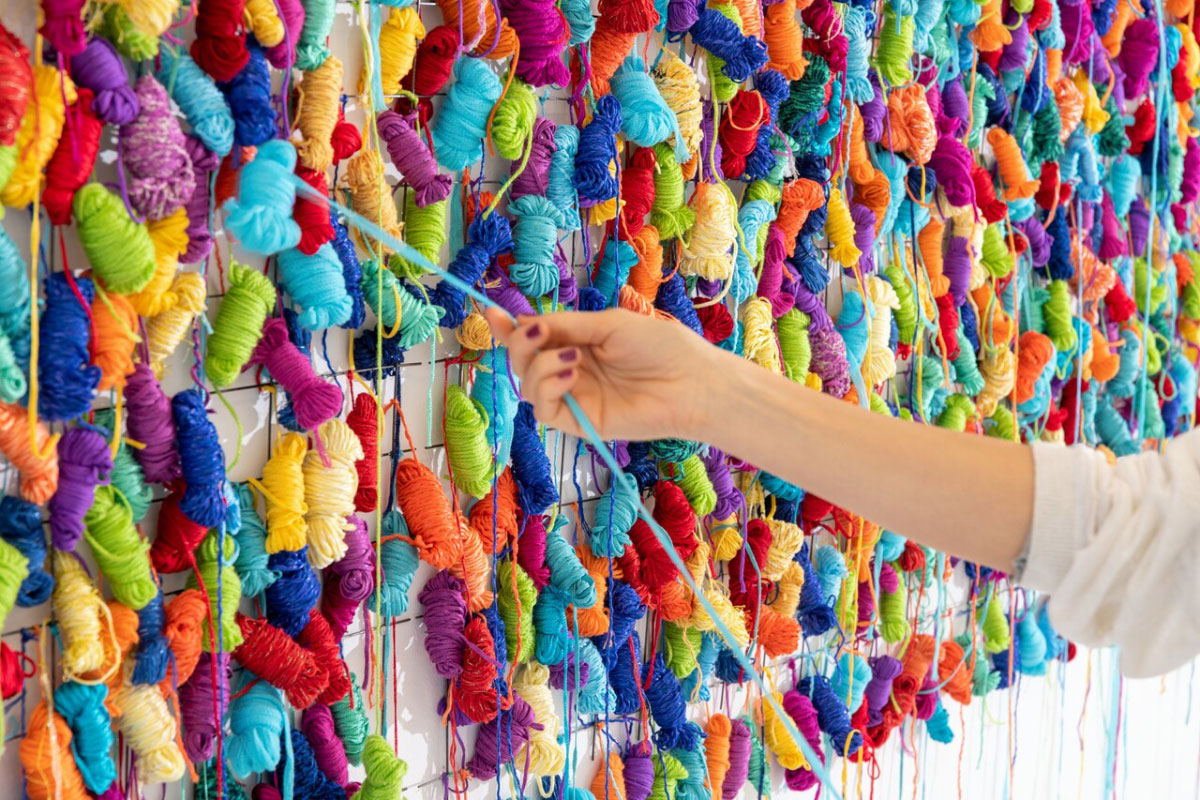PREVIEW:Art at Work
The exhibition “Art at Work”, looks at three different segments of the genealogy of the concept of (artistic) work in the region of the former Yugoslavia: first, the way work was conceived by the avant-garde artists of the 1960s, 1970s, and 1980s; next, the transformations of the concept of artistic work and art spaces in the 1990s; and lastly, the labor-related political art practices since 2000.
By Efi Michalarou
Photo: +MSUM Archive
With more than 50 artists, art collectives, and associations from the region of the former Yugoslavia, the exhibition “Art at Work. At the Crossroads Between Utopianism and (In)Dependence”,is part of the larger project “Our Many Europes”, organized by the museum confederation L’Internationale and its partners “Our Many Europes” (OME) is a four-year programme focusing on the 1990s: the decade contemporary Europe was born. Europe expanded and diversified when technology and post-Cold War politics turned the world into a ‘global village’. Understanding who we are today – the challenges we face, the possibilities we have – begins post 1989, when a divided Europe ended and the plurality of the many Europes we inhabit today began. Art and culture are driving forces behind this as they show us who and how we are in the world. The art of the 1990s profoundly reflects a fundamental shift in society: through internet and open borders, Europeans got active and connected. To reflect this change, we need a different museum strategy, which understands audiences not as passive consumers, but as constituent members of a plural community in permanent becoming. The early 1990s – the time of transition from socialism to capitalism in the territory of the former Yugoslavia – saw some fundamental shifts in the way artists’ work was perceived, as well as structural changes of spaces of art. And more than that: in the post-socialist world, artists’ production time changed as well. While under socialism artists had viewed indolence and the time of “running on idle” as creative time, in capitalism this was replaced by a time dictated by deadlines. Furthermore, the former utopianism of art collectives was replaced by the newly-founded NGOs’ pragmatism and flexibility of work, due to their predominant dependence on public funds in the 1990s. Artists became producers, and both artists and other cultural workers came to depend on projects for their survival, thus joining the ever-growing ranks of precarious workers. While working conditions for artists can hardly be said to have been much better under socialism, at least artists were masters of their own time. As the precariousness of (artists’) work is only intensifying with the globally deteriorating conditions (the pandemic, right-wing policies, wars, the economic crisis), the need for building more intense horizontal connections and rethinking the legacy of the avant-gardes is ever more urgent. Another fact underscored by Art at Work is that art collectives used to be predominantly male; women organized and articulated their work in other ways. The projects produced over the past twenty years that are included in the exhibition address the concept of work in the manner of political associations, thus directly influencing cultural politics in their respective states. This exhibition chapter relates also to the local traditions of collaboration between art institutions, NGOs, and individual artists in terms of labor, thematically extended to encompass the struggle for (cultural) workers’ rights, including the rights of domestic workers, care workers, and migrant workers.
Participating Artists: Nika Autor & Newsreel Front, Damir Avdić, Milijana Babić, Jože Barši, Marko Brecelj, Danica Dakić, Walter De Maria, Goran Đorđević, Lenka Đorojević & Matej Stupica, Šejma Fere, György Galántai, Gorgona, Tomislav Gotovac, Igor Grubić, IRWIN, Hristina Ivanoska, Sanela Jahić, Filip Jovanovski, Doruntina Kastrati, Božena Končić Badurina & Duga Mavrinac, Andreja Kulunčić, KURS (Miloš Miletić & Mirjana Radovanović), Siniša Labrović, Irena Lagator Pejović, Nebojša Milikić & Jelena Mijić, Neue Slowenische Kunst (NSK), New Tendencies, OHO, Marika & Marko Pogačnik, Darinka Pop-Mitić, Zoran Popović, Uroš Potočnik, Projekt Westeast, Radical Education Collective, Rena Rädle & Vladan Jeremić, Mladen Stilinović, The Šempas Family, Nebojša Šerić Šoba, Škart & Horkeškart, Biljana Tanurovska – Kjulavkovski & Ivana Vaseva, Raša Todosijević, Slaven Tolj, Goran Trbuljak, TV Gallery, ULUS – The Association of Fine Artists of Serbia, Via Negativa, Za K.R.U.H., Zrenjanin Social Forum
Photo: Irena Lagator Pejović, Nets, Nodes, Horizons, 2020. Interactive wall installation (hand-made colored yarn balls, nets, nodes), 105 × 620 cm. Courtesy of the artist. Photo: Lazar Pejović
Info: Curators: Zdenka Badovinac, Ana Mizerit, Bojana Piškur, Igor Španjol, Curators of special projects: Sezgin Boynik, Jelena Vesić, +MSUM (Museum of Contemporary Art Metelkova), Maistrova ulica 3, Ljubljana, Slovenia, Duration: 22/9/2022-29/1/2023, Days & Hours: Tue-Sun 10:00-19:00, www.mg-lj.si/




Right: Siniša Labrović, Work on Yourself, 2022, performance. Courtesy of the artist


